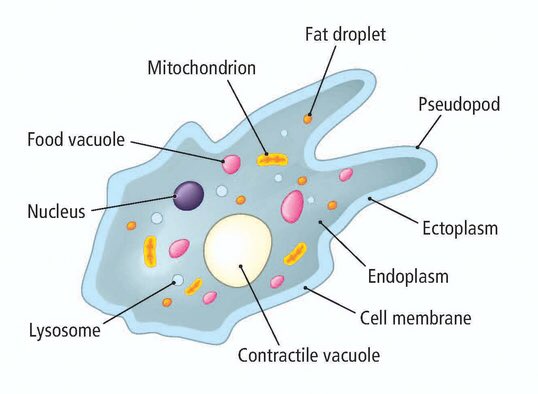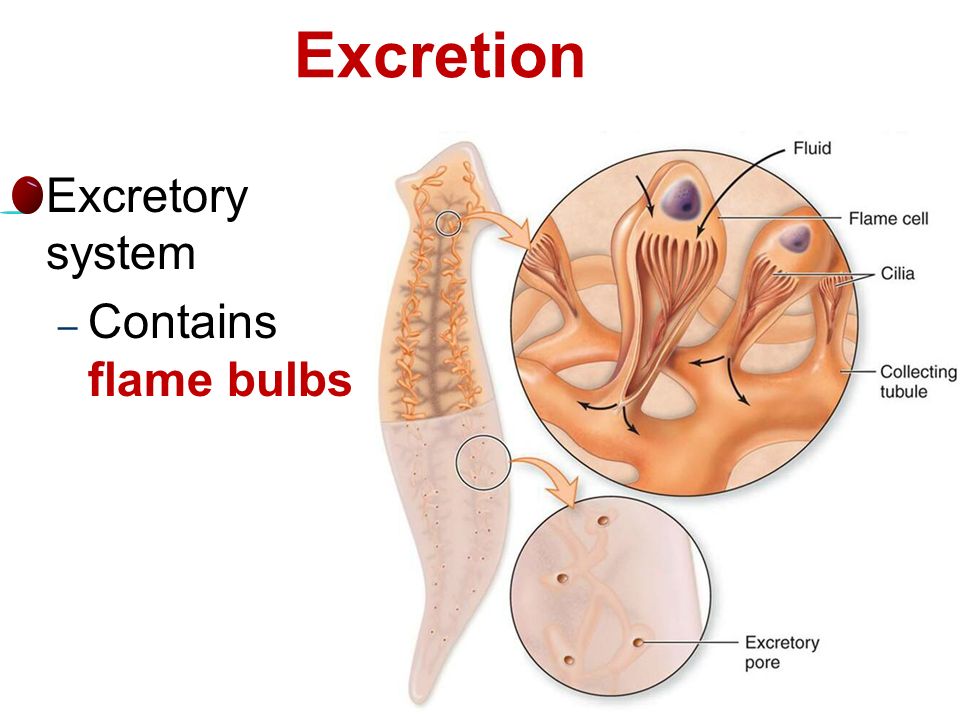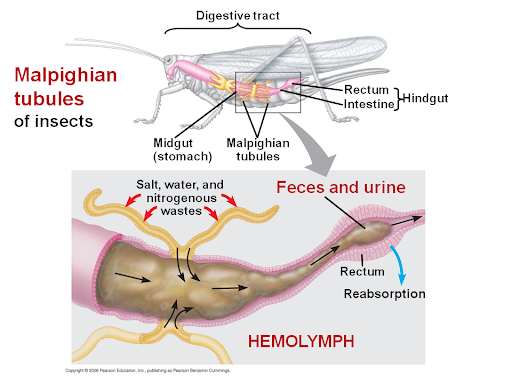Back to: BIOLOGY SS2
WEEK ONE
Welcome to SS2 Third Term!
We are eager to have you join us in class!!
In today’s class, We will be discussing Excretion in Lower Organisms. We hope you enjoy the class!
EXCRETION AND EXCRETORY SYSTEM
CONTENT
- Excretion
- Types of Excretory structures and Taste
- Excretory Structures in some Organisms
EXCRETION
Excretion is the process by which metabolic waste products are removed from the body of all living things. Excretion is different from egestion which is the removal of solid waste (undigested food substances (i.e. faeces) through the anus. Excretion is necessary for the following reasons:
- To avoid or prevent any harm that would be caused by any excretory product.
- Some excretory products are poisonous to the body and should be removed.
- To maintain water balance in the body (homeostasis).
- To avoid interference of waste products with normal metabolic activities in the body.

EXCRETORY STRUCTURES AND WASTE IN ORGANISMS
| Organism | Excretory Structure | Excretory Waste Product |
| Protozoa | Contractile vacuole | C02, ammonia and water |
| Flatworm | Flame cells | C02, ammonia and water |
| Earthworm | Nephridia | C02, ammonia and water |
| Crustacean | Green glands | C02, ammonia and water |
| Insect | Malpighian tubules | C02, ammonia and uric acid |
| Fish | Kidney | C02, ammonia and water |
| Amphibian(toad) | Kidney | H20 and salt |
| Reptiles | Kidney | H20 and salt |
| Birds | Kidney and lungs | C02 and water vapour |
| Mammals | Kidney, lungs, skin and liver | C02, water, urea |
| Flowering plants | Stomata, lenticels and leaves | H20, C02, 02. tannins, gum, alkaloids, oil and latex |
SELF EVALUATION
- List five excretory structures adapted to aquatic habitat
- Mention four excretory waste in plants
TYPES OF EXCRETORY SYSTEMS
CONTRACTILE VACUOLE IN PROTOZOA
The contractile vacuole is a simple structure found in the cell of freshwater protozoa. Water constantly enters the cell of a protozoan through the selectively permeable membrane because the cell is hypertonic to its environment. As water enters the cell, a contractile vacuole is formed which collects the water and expands, when it reaches the maximum size, it contracts and discharges the water through a temporary break in the cell membrane at the interval. Excretion of carbon dioxide and ammonia is by diffusion through the cell membrane

FLAME CELL IN FLATWORMS
The excretory system consists of two longitudinal canals with branched tubules which end in flame cells. The flame cell has a large hollow called the cell lumen with a bunch of flagella hung on it. The waste product from the surrounding cells enters the flame cells. The flagella help to propel the fluid into the tubules. The fluid passes into the exterior through a narrow tube called duct.

NEPHRIDIUM IN EARTHWORM
A pair of nephridia are found on each segment of the earthworm except the three and the last. Each nephridium consists of a ciliated funnel, nephrostome which leads into a long coiled tube (narrow and middle ciliated tubes, wide non-ciliated tubes and muscular tube). The tube opens to the exterior as nephriodiophore (excretory pore). The waste product mainly urea is absorbed from blood capillaries surrounding the nephridia. The fluid containing the waste through the long tube of the nephridia, salt and other useful substances are reabsorbed through the wall of the tube. The unabsorbed substances and water gather in the muscular tube and discharge to the exterior through the excretory pore.

SELF EVALUATION
- How are excretory products removed in amoeba and earthworm?
- Describe the excretory structure in a flatworm.
MALPIGHIAN TUBULE IN INSECT
Malpighian tubules are found between the midgut (small intestine) and the hindgut (large intestine). One end opens into the gut while the other end closed freely floats in the haemocoel. Nitrogenous waste and water in the haemocoel are absorbed in the distal close end into the tubule. The waste is converted into uric acid as it passes along the malpighian tubule towards the gut. A lot of water is also reabsorbed so that by the time the uric acid reaches the proximal end, it is changed to solid crystals. More water is reabsorbed in the rectum therefore concentrated urine leaves the body as almost dried solid.

GENERAL SELF EVALUATION
- Define excretion.
- Explain the necessity for an excretory system in animals.
- Describe the mechanism of excretion in insects.
- List five excretory product in plants.
- Differentiate between excretion and egestion.
READING ASSIGNMENT
College Biology, chapter 9, pages 186-204
WEEKEND ASSIGNMENT
SECTION A
- The organelle which eliminates water from the body of protozoa is A. plasma membrane B. contractile vacuole C. cell wall D. nucleus
- In insects, the structure that performs the same function as the kidney in man is the A. nephridium B. flame cell C. malpighian tubule D. trachea
- The excretory structure in earthworm is the A. malpighian tubule B. nephridium C. kidney D. flame cell
- Flame cells are the A. excretory systems of worms B. excretory and respiratory systems of flatworms C. excretory systems of flatworms D. secretory systems of flatworms
- Which of these is a waste product of an insect? A. alkaloids B. uric acid C. sweat D. mucilage
SECTION B
- State the similarities and differences between excretory organs of a mammal and earthworm
- State three factors that lead to the opening and closing of stomata
We have come to the end of this class. We do hope you enjoyed the class?
Should you have any further question, feel free to ask in the comment section below and trust us to respond as soon as possible.
In our next class, we will be talking about the Excretory System in Vertebrates and Plants. We are very much eager to meet you there.
